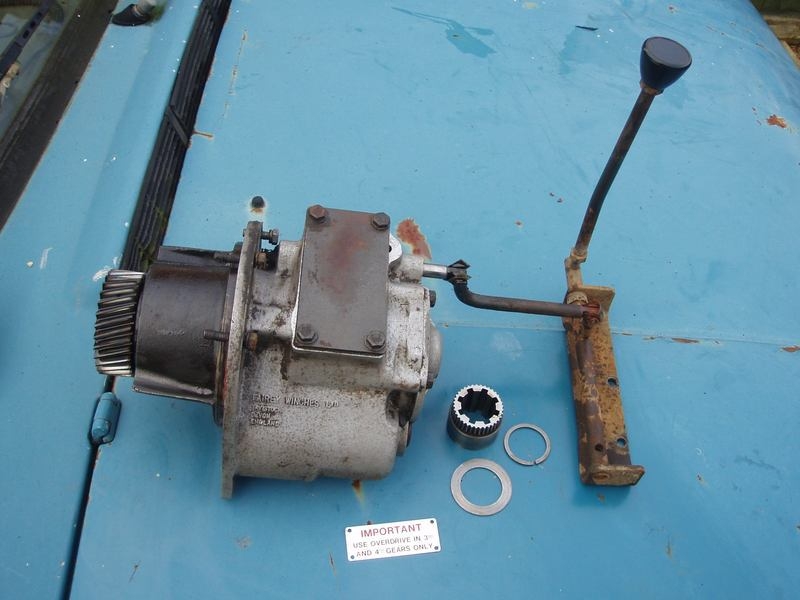

An overdrive is a system installed in many Volvos which interrupt the driveshaft leading from the transmission to the drive axle. The overdrive can be engaged and disengaged at the driver's will simply by pressing a button mounted on the car's dashboard. When engaged, the overdrive boosts the top speed of the vehicle.
The overdrive uses what is known as an Epicyclic Gear inside its housing. This Epicyclic gear is actually a series of gears, one nestled inside the other. It's almost identical to the planetary gearbox installed in any ordinary automatic transmission, save it's not designed to be so versatile. When engaged, the driveshaft connects to the exterior gear of the set, known as the carrier gear.
The carrier gear turns, inside which several planetary gears turn at a slightly higher rate. Inside the plantetary gears is a smaller gear, known as the sun gear, which turns at a much faster rate than the other gears thanks to the various gear ratios. The sun gear then connect to the drive axle, turning the wheels of the car. Essentially, the overdrive causes the wheels of the car to turn at a higher RPM than the RPM generated by the engine.
Using overdrive while driving at high speed is considered fuel efficient, as it allows the vehicle to move that much faster without forcing the engine to work any harder. Conversely, engaging the overdrive while moving at lower speeds, or worse, when at a standstill, forces the engine to work harder. This is because the overdrive creates extra speed at the expense of reducing torque. Torque is the low-power/high-speed energy which is required to get a slow or stationary object moving. Because the engine is forced to work harder to generate the required torque to get the vehicle moving, it wastes fuel.